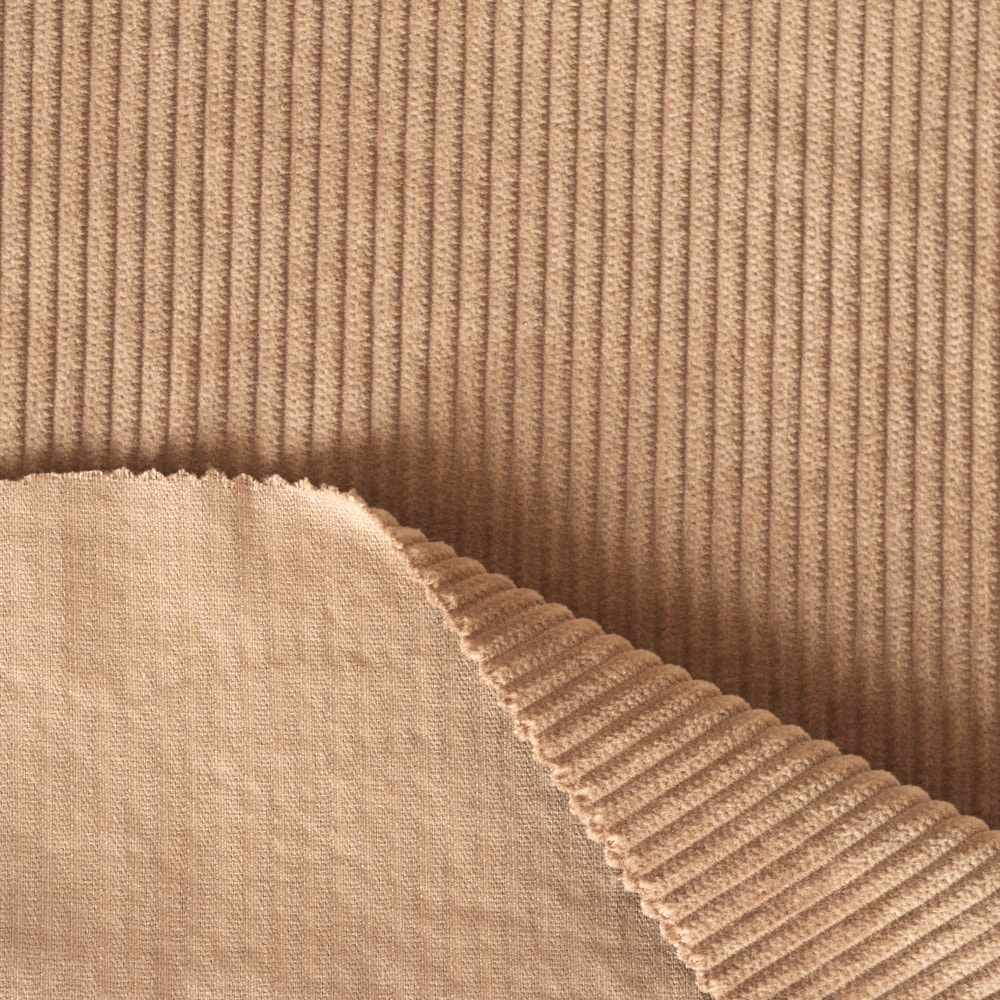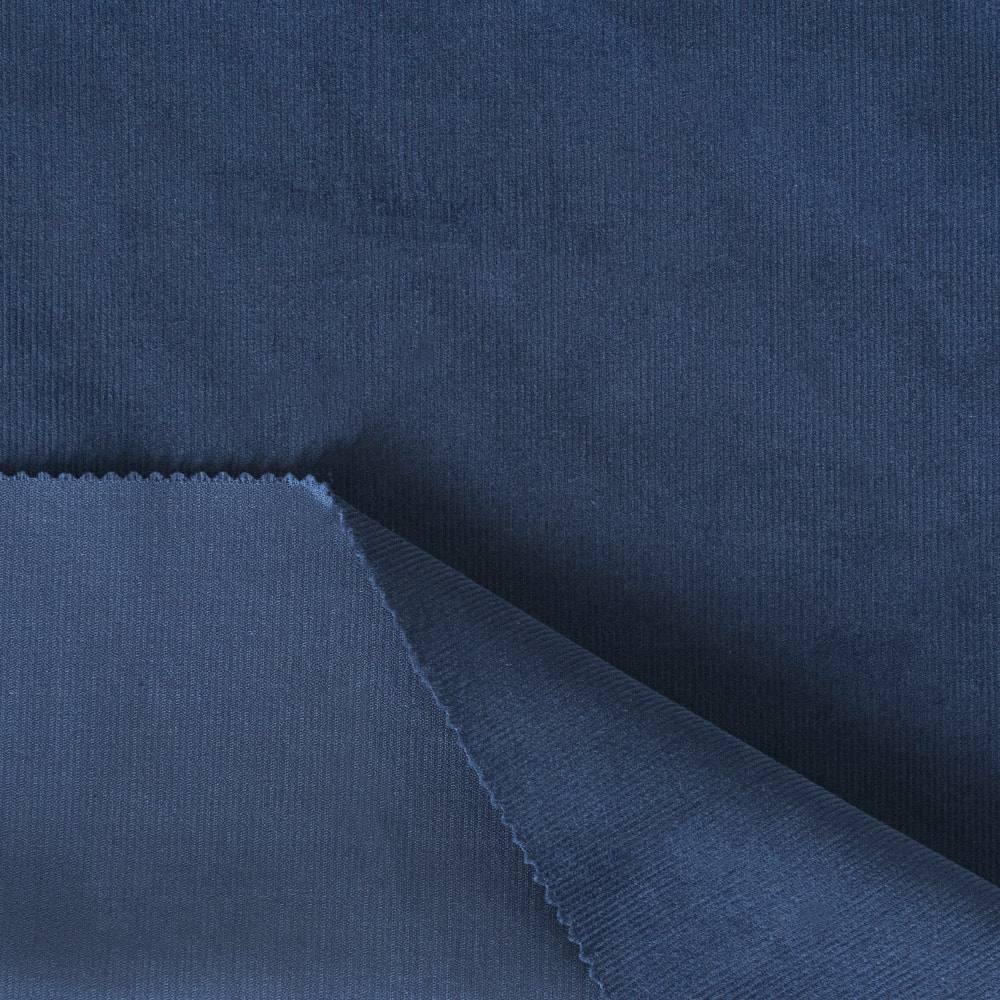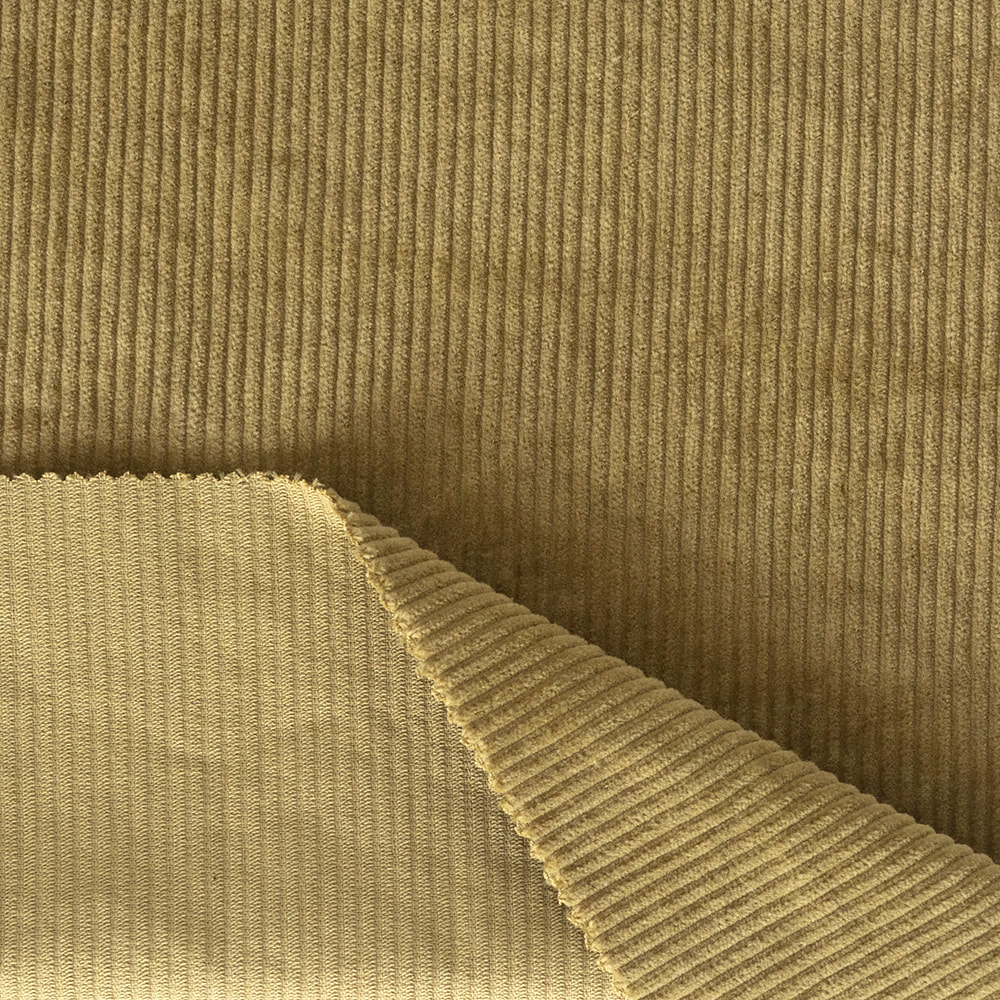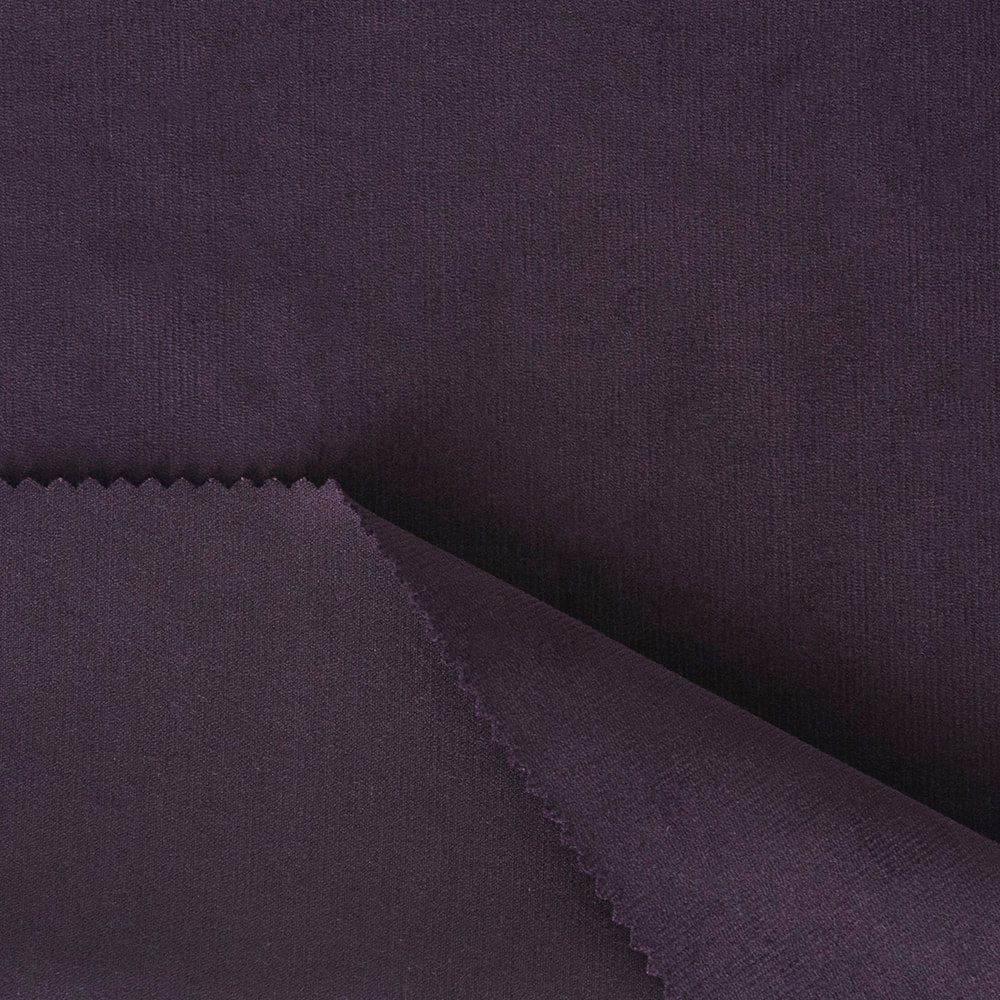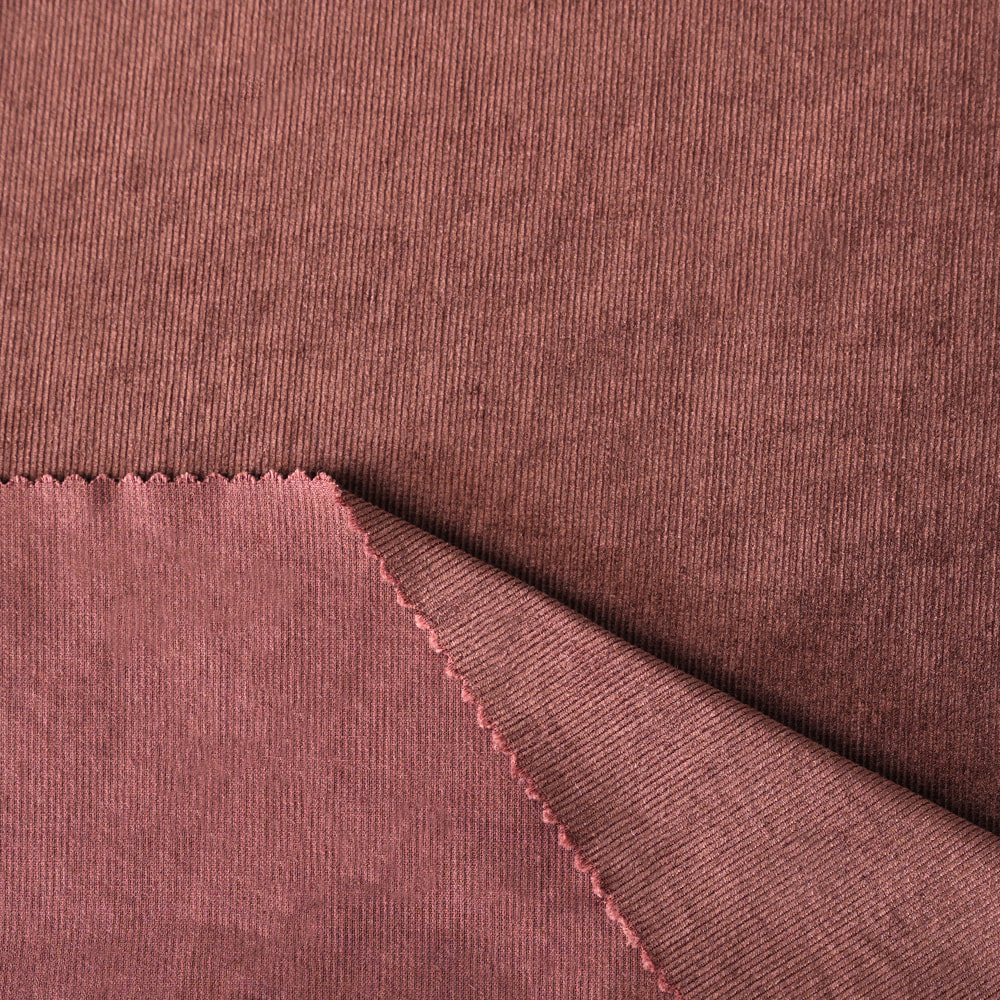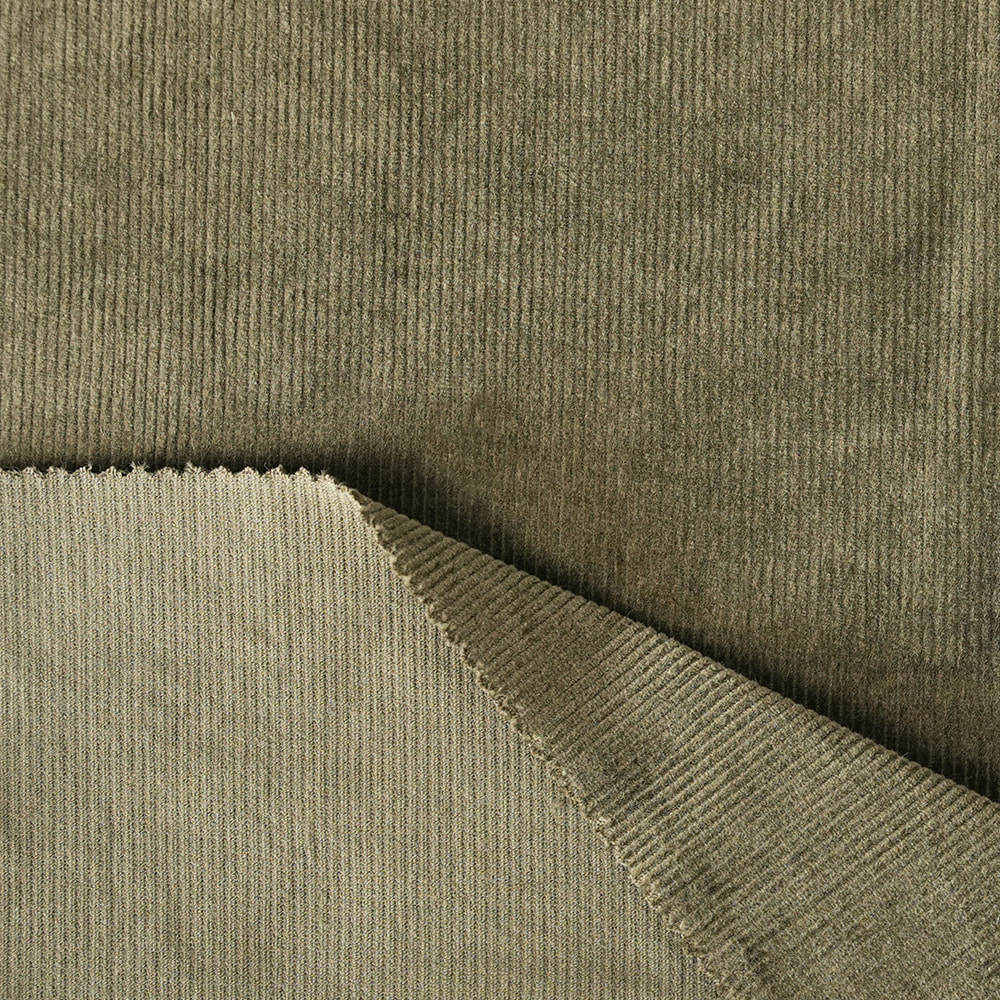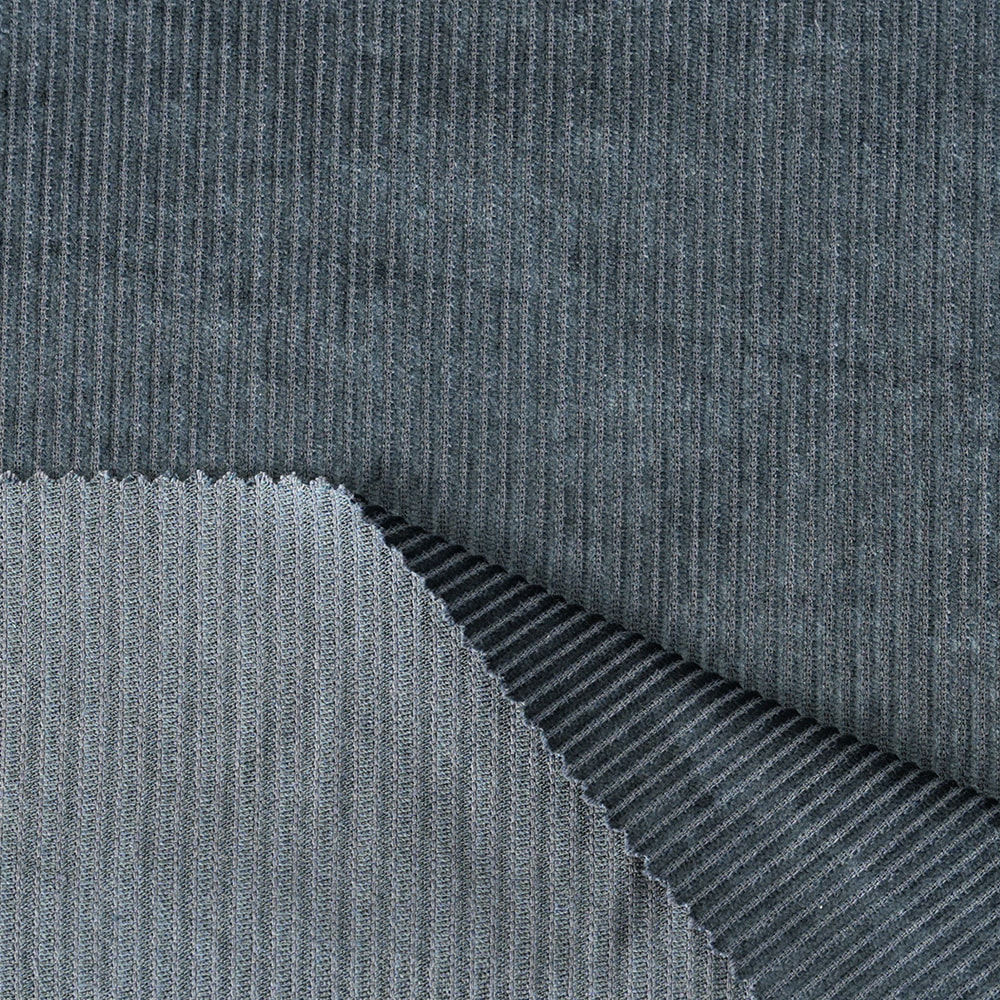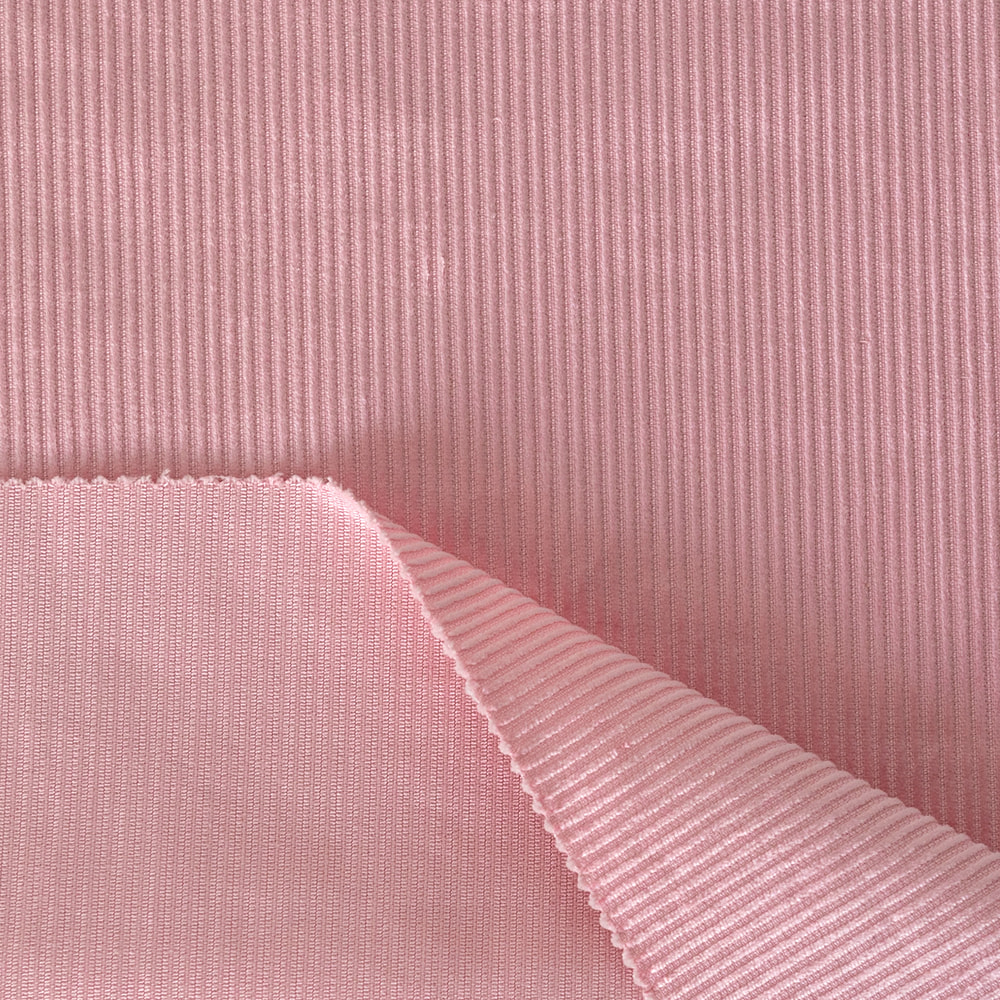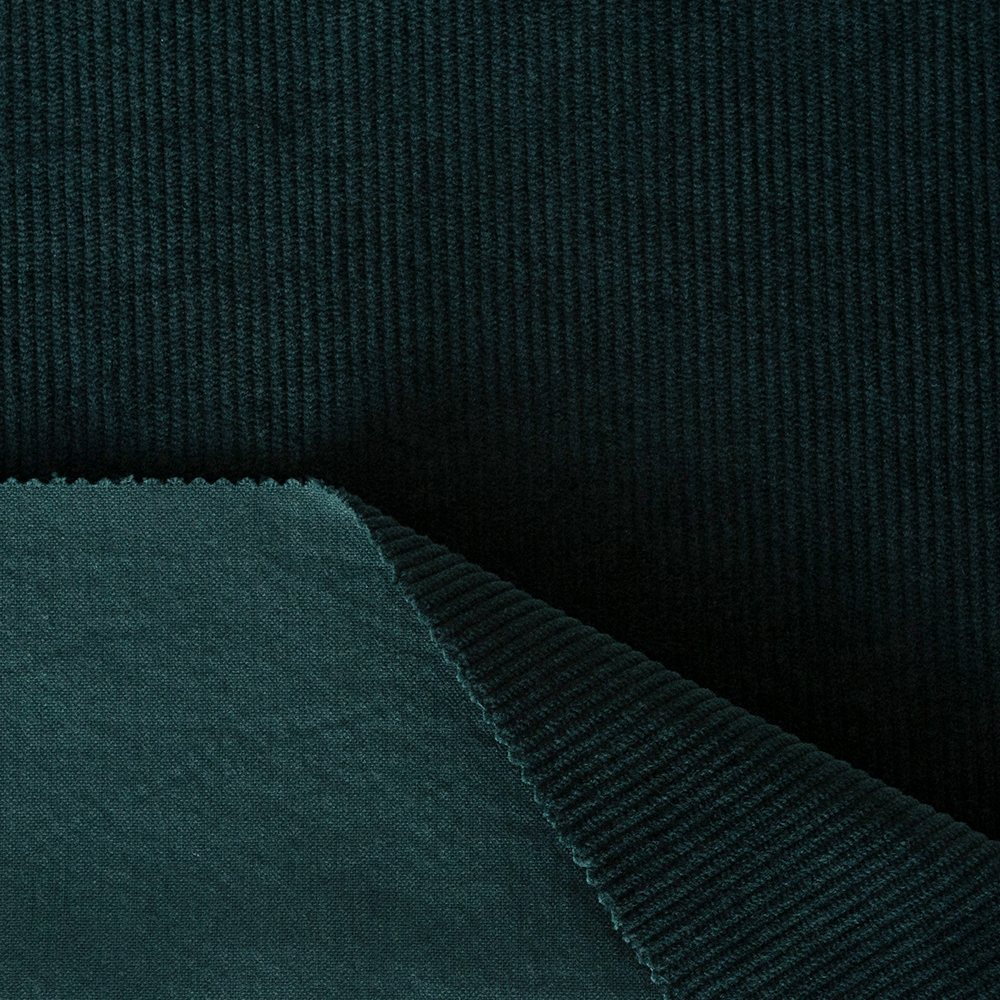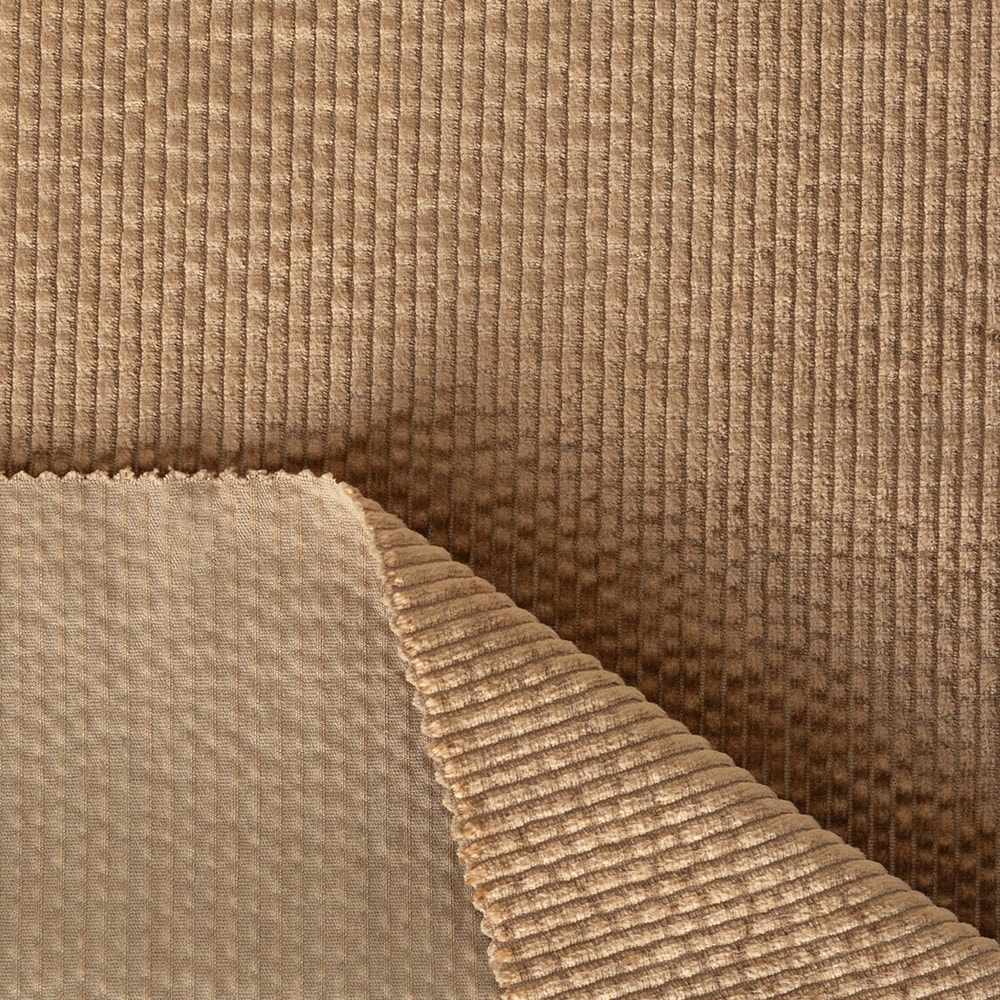Textile Industry Zone, East Hutang Town, Wujin District,213100 Changzhou,China
The dyeing process used for cotton piece-dyed corduroy fabric typically involves dyeing the fabric after it has been woven, rather than dyeing the yarns beforehand (yarn-dyeing). This method can impact the consistency and depth of color in several ways. Here's an overview of the dyeing process and its effects:
Dyeing Process for Cotton Piece-Dyed Corduroy Fabric:Piece Dyeing Process:Definition: Piece dyeing involves dyeing the entire fabric roll or "piece" after it has been woven and before it is cut into garments or other products.Common Methods: The most common methods for piece dyeing cotton fabrics, including corduroy, are:Exhaust Dyeing (Batch Dyeing): The fabric is submerged in a dye bath and agitated to ensure even dye uptake. This method can be done in a jet dyeing machine, winch dyeing machine, or jigger dyeing machine.
Continuous Dyeing: The fabric passes through a dye applicator (such as a pad-dye machine) and then through a series of rollers and dryers for fixation. This method is faster and more suited for large-scale production.Dyes Used: Reactive dyes are commonly used for dyeing cotton fabrics due to their strong affinity with cellulose fibers, providing good wash fastness and vibrant colors.
Effects on Color Consistency and Depth:Consistency of Color:Uniformity: Piece dyeing can produce highly uniform color across the entire fabric length if done correctly. The fabric is dyed in its finished form, ensuring that all fibers, including the raised ribs or wales of corduroy, are exposed to the dye evenly.Challenges: Achieving uniform dye penetration can be challenging due to the pile structure of corduroy, where the raised ridges and valleys of the fabric surface may absorb dye differently. Careful control of dyeing parameters (e.g., temperature, pH, time) is essential to maintain consistency.Batch-to-Batch Variability: While piece dyeing can achieve uniformity within a single batch, there can be slight color variations between different dye lots. For applications where exact color matching is critical, dye lots should be managed carefully.

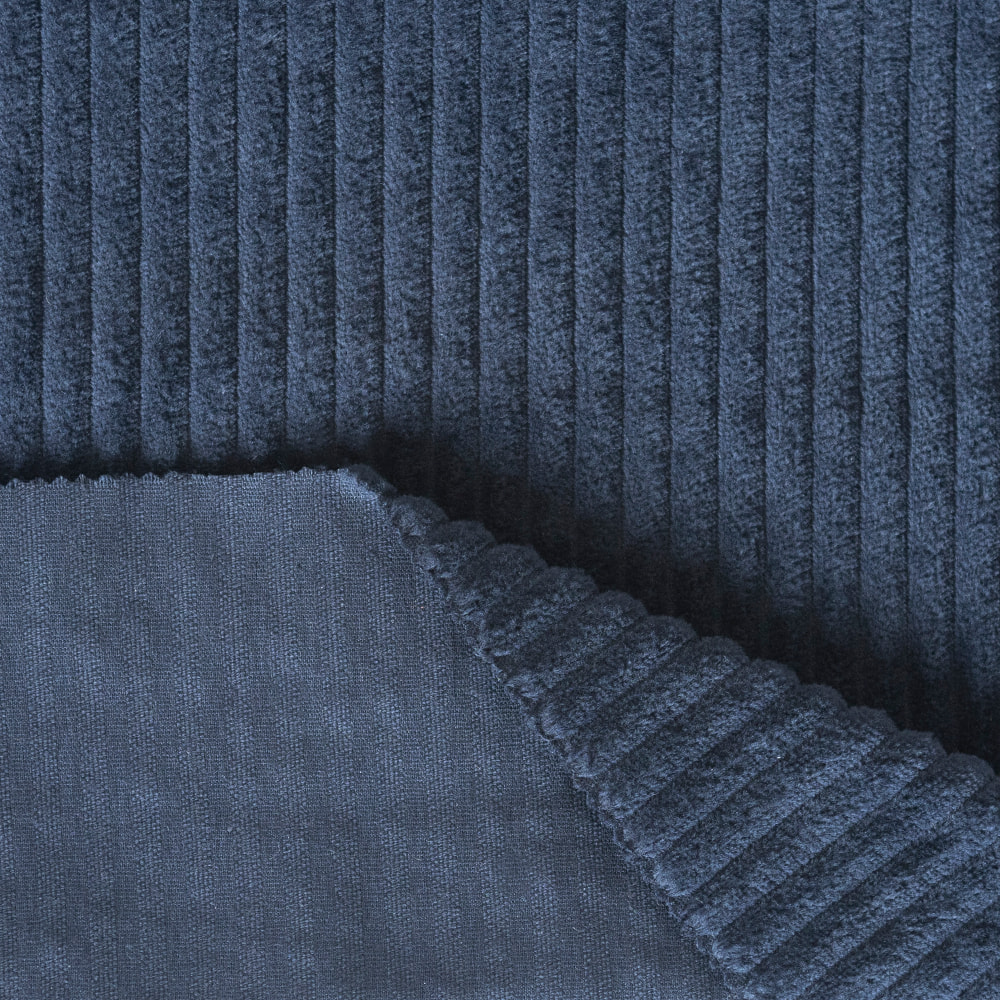
Depth of Color:Intense, Rich Colors: The depth of color achieved in piece dyeing can be quite strong due to the use of reactive dyes, which form a chemical bond with the cotton fibers, leading to deep and vibrant shades.Pile and Base Fabric Contrast: In corduroy, the pile (raised ridges) may reflect light differently compared to the base fabric (the valleys between the ridges). This contrast can influence the perceived depth of color. A well-executed dyeing process ensures that both the pile and the base fabric receive sufficient dye to avoid noticeable differences.Post-Dyeing Treatments: To enhance the depth and uniformity of color, post-dyeing treatments like enzyme washes or softening treatments can be applied. These treatments can also reduce any excessive dye on the surface of the fabric, improving color fastness.
Other Considerations:Shrinkage and Distortion: Cotton fabrics are prone to shrinkage, and dyeing can exacerbate this effect. Proper pre-treatment and post-dyeing finishing processes, such as sanforizing, can help control shrinkage and maintain fabric dimensional stability.Color Fastness: Reactive dyes offer excellent color fastness to washing, light, and rubbing, making them a preferred choice for piece-dyed cotton fabrics like corduroy.
The dyeing process for cotton piece-dyed corduroy fabric, typically using reactive dyes and methods like exhaust or continuous dyeing, significantly influences the consistency and depth of color. While piece dyeing can produce uniform and deep colors, careful control of the dyeing process parameters is essential to achieve consistent results across the unique surface of corduroy. Proper handling of dye lots and additional finishing treatments can further optimize the color quality and performance of the fabric.

